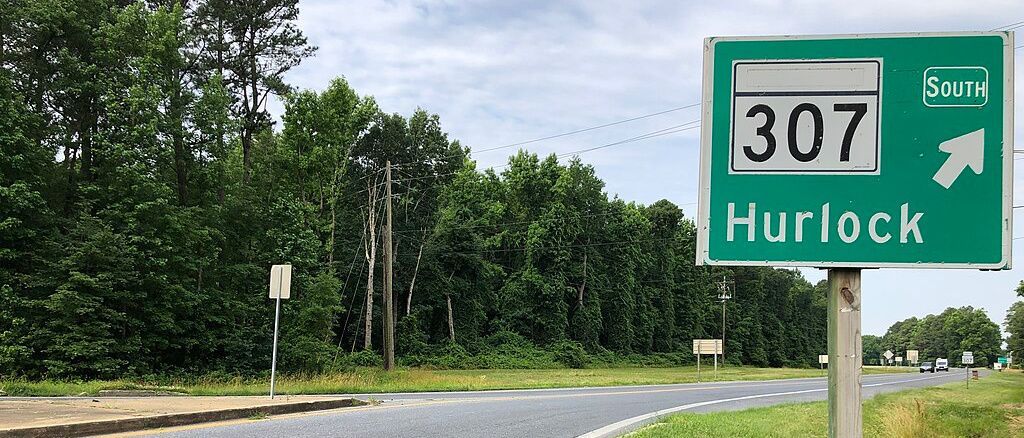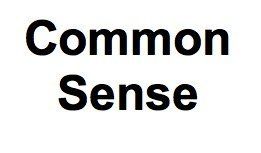Abortion: Human Rights as a Political Issue

“Abortion” seems to encapsulate the current political concerns about women’s health — a narrow focus, but a crucial point: Ban it or legalize it? We already know from centuries of experience what the results are of banning it, so why is it an issue in 2024 election?
Abortion is a key piece of the fascist restrictions on women’s health in the GOP’s Project 2025 — the roadmap for the next Republican administration.
Simply put, the GOP plans to ban it and punish it.
Comparing Democratic and Republican candidates, the pattern is for the former to restore it to legal status and to look into other issues regarding women’s health, such as deaths in childbirth.
Republican presidential candidate Donald Trump reacted to the recent backlash to banning of abortion in Florida by stating during the presidential debate that he would not sign a nation abortion ban into law. This is Trump’s latest attempt to play down his earlier position on this issue to appeal to women voters, but he celebrated the overturning of Roe v Wade and took credit for it, in the past.
Democratic presidential candidate Kamala Harris stated, “When congress passes a law to restore reproductive freedoms, as president of the United States, I will sign it into law.” She wrote she would never allow a national abortion ban to become law.
Republican vice presidential candidate JD Vance, however, has said abortion should be “illegal nationally” with no exceptions for rape or incest. “Two wrongs don’t make a right” was his nonsensical statement. He opposed President Biden’s reproductive care privacy rule. He wants to leave legislation to the states.
During the vice presidential candidates’ debate, Vance declared “I never supported a national ban. I did during when I was running for Senate in 2020 talk about setting some minimum national standard.”
However, in an article by The Fact Checker, Glenn Kessler (Washington Post, October 6, 2024) responded by saying that “Vance is being disingenuous here. He backed a law that would impose a nationwide limit of 15 weeks for when women could get an abortion — which would overturn the laws of many liberal states. In 2022, Vance said: ‘I certainly would like abortion to be illegal nationally.’ Moreover, last year, he urged the Justice Department to enforce the Comstock Act, a 151-year-old federal law that bans the mailing of abortion-related materials. The Biden administration has not invoked the law, but a more conservative one could, thus limiting abortion rights even without any new laws.”
Democratic vice presidential candidate Walz on the other hand wants to legalize the right to abortion and reproductive health into law and has done so for Minnesota, including protection for access to abortion in Minnesota for out-of-state patients.”
Republican senatorial candidate for Maryland, Larry Hogan, says, if elected, he would vote to codify Roe v Wade; however, as governor of Maryland he vetoed measures broadening the range of health professionals who can provide abortion care and requiring more insurance coverage. Both vetoes were overturned by Maryland lawmakers. Additionally, if Hogan is part of a GOP-majority Senate, a vote to codify Roe v Wade will never reach the floor for a vote. Hogan also refused to release money the General Assembly had appropriated to train abortion providers; his successor, Democrat Wes Moore, released these funds on his first full day in office. As governor, Hogan negated the will of the majority of lawmakers, proving himself to be not a good executive for the state.
Angela Alsobrooks, Democratic candidate for Maryland senator, has stated strong support for women’s reproductive health. She promises to co-sponsor the Women’s Health Protection Act, that would reinstate a nationwide right to abortion care, codifying the former Roe v. Wade decision the Supreme Court recently overturned. Even more strongly, she declares she will oppose any judicial nominee who does not support abortion rights. She firmly believes Congress and the Supreme Court should respect women’s health care decisions and leave them to be made between women and their doctors.
As for Congressional candidates for District 1, Republican Andrew P. Harris coyly avoids issuing statements, but his voting record in Congress reveals his opposition to women’s reproductive rights. He calls himself “pro-life.” In the 2000 legislative session he introduced a bill to ban abortions after fetal viability. More recently in 2021 he cosponsored the Life at Conception Act to ban all abortions. He celebrated the overturn of Roe v. Wade.
His opponent, Democrat Blaine Miller, is opposed to government oversight of women’s health decisions.
Clearly, the Democratic Party candidates in these elections support women’s reproductive rights and the Republican party candidates do not. In fact, the GOP is blindly unconcerned with women’s health, a national issue. This issue will become more of a national issue going far beyond concern with abortion and contraception in coming years.
Briefly, health has been studied primarily in men, not women, but now it has become vital to study women’s bodies and to understand how they differ from men’s bodies.
According to Cat Bohannon, PhD, author of Eve: How the Female Body Drove 200 Million Years of Human Evolution (Knopf 2023), the male bias in animal studies as well as human studies is glaring. Expect to see new research that points out that general anesthesia and use of painkillers function very differently in women than in men.
We hope for more enlightened actions and attitudes, not less, from legislators and executives with regards to women’s health in general — reproductive, or not.
Jeanette E. Sherbondy is a retired anthropology professor from Washington College and has lived here since 1986. In retirement she has been active with the Kent County Historical Society and Sumner Hall, one of the organizers of Legacy Day, and helped get highway /historical markers recognizing Henry Highland Garnet. She published an article on her ethnohistorical research of the free Black village, Morgnec.
Common Sense for the Eastern Shore







